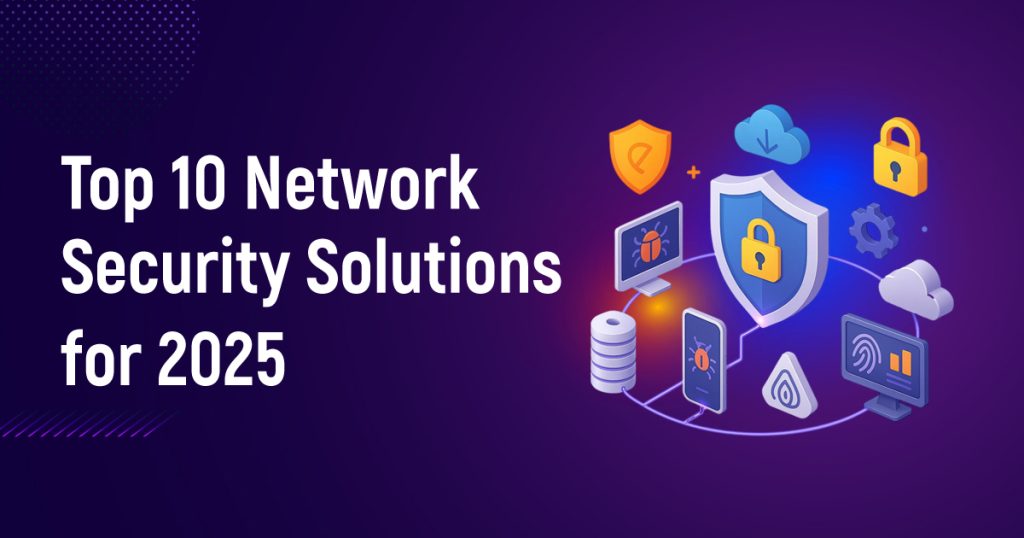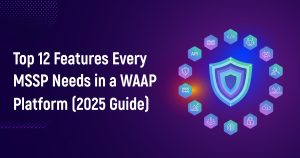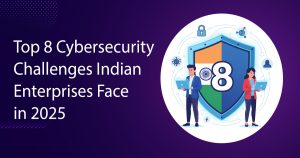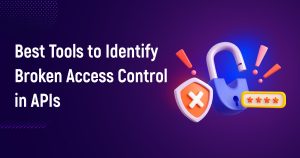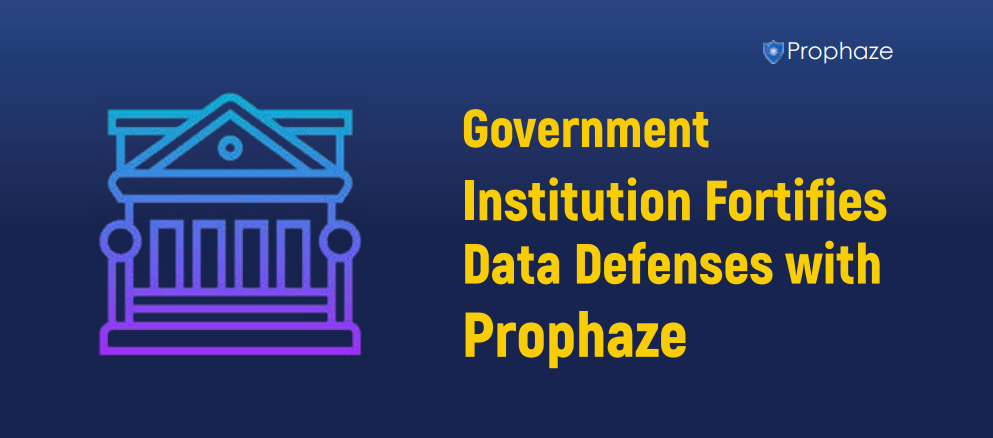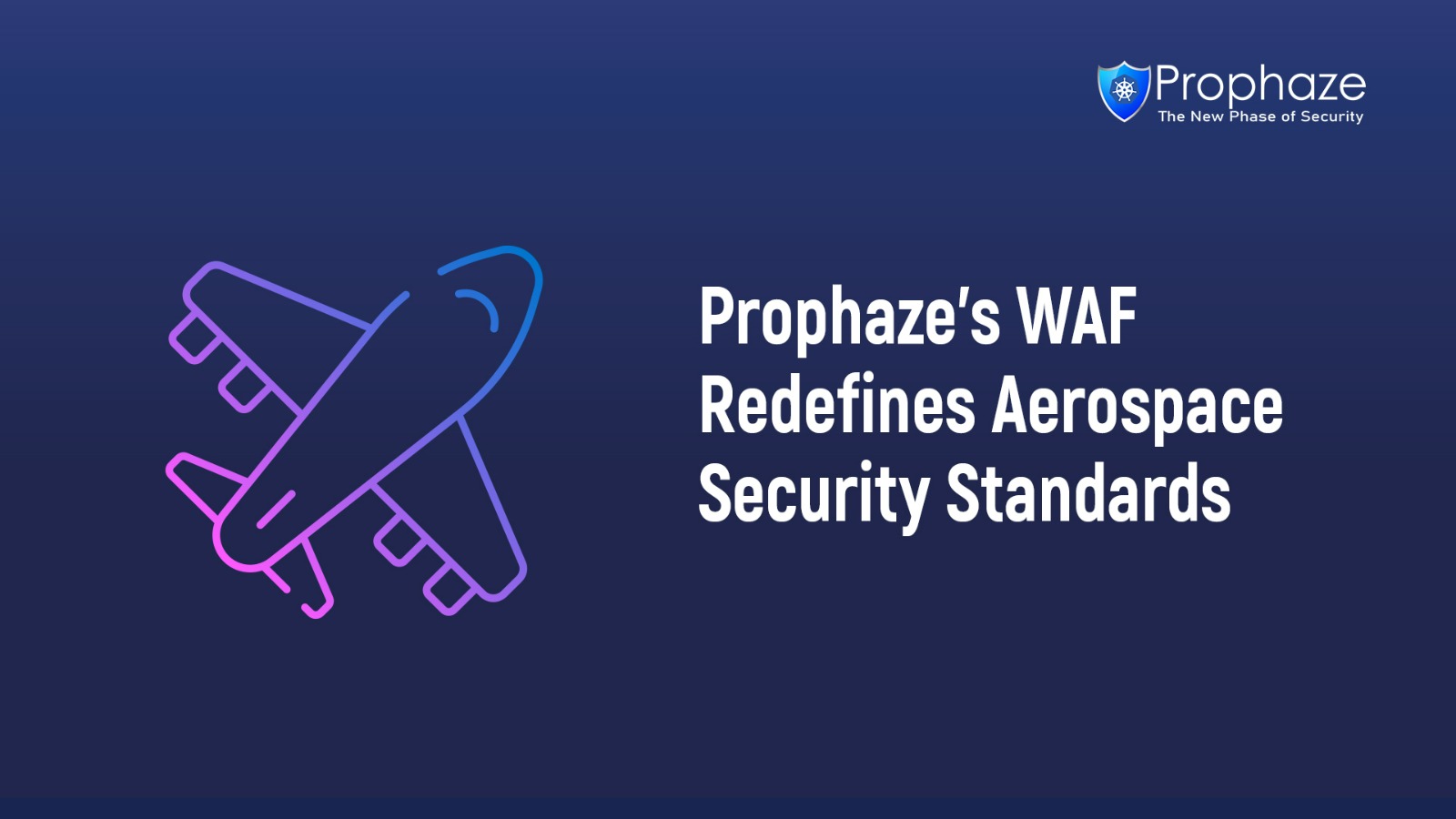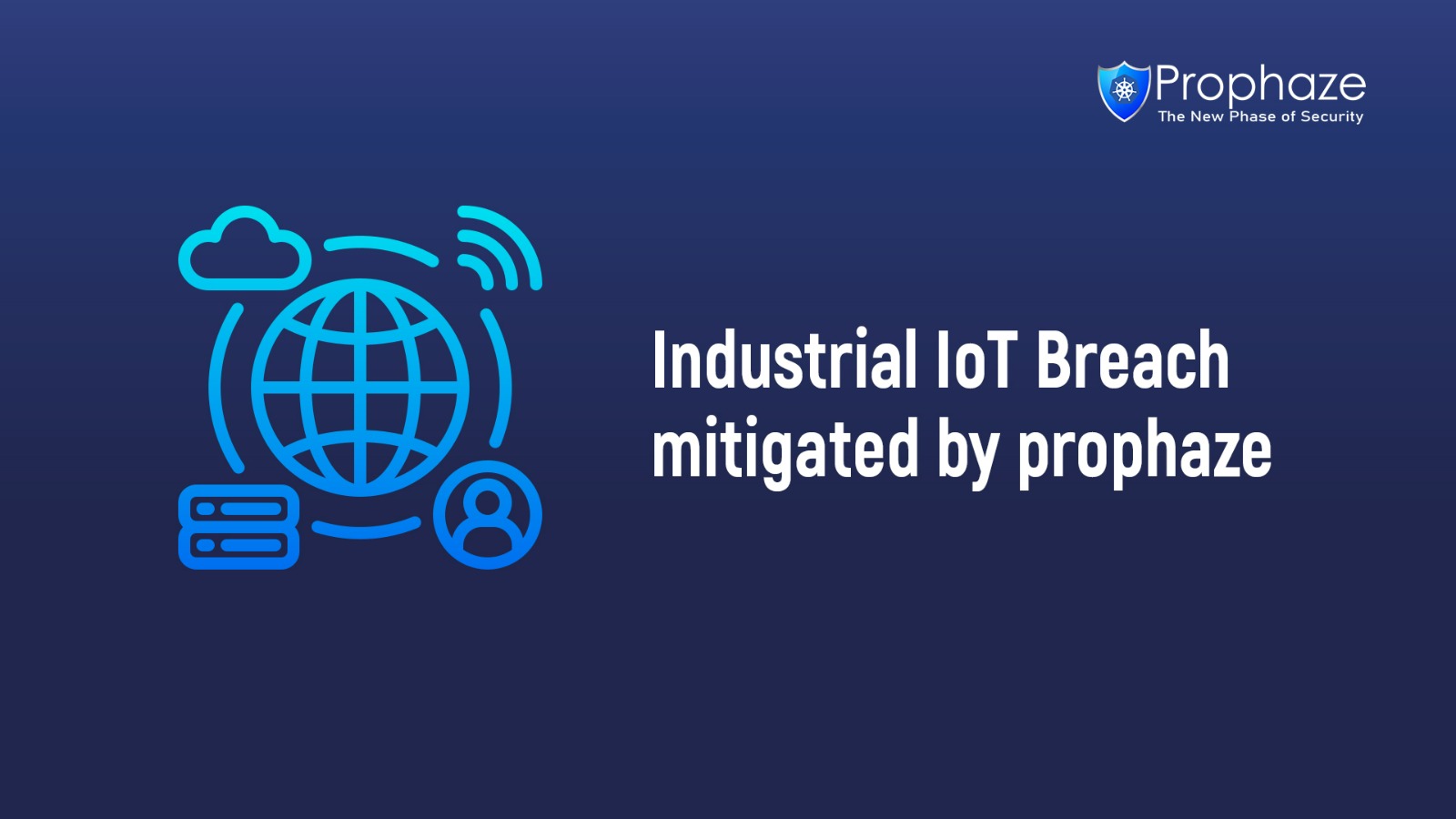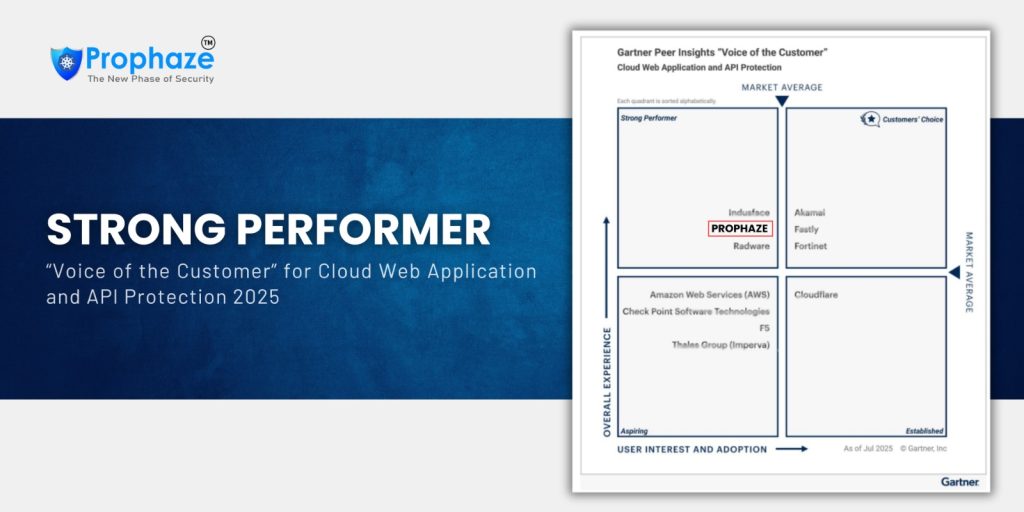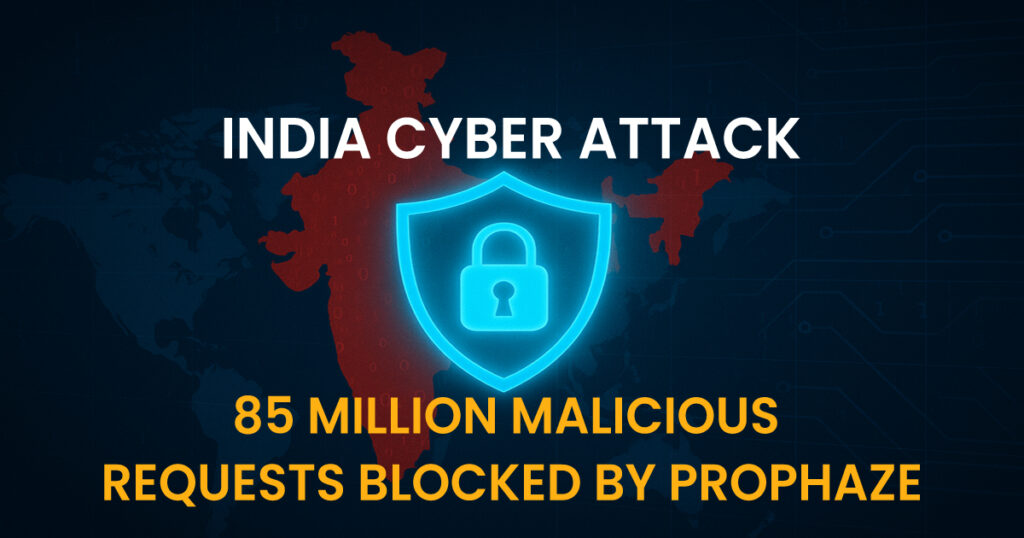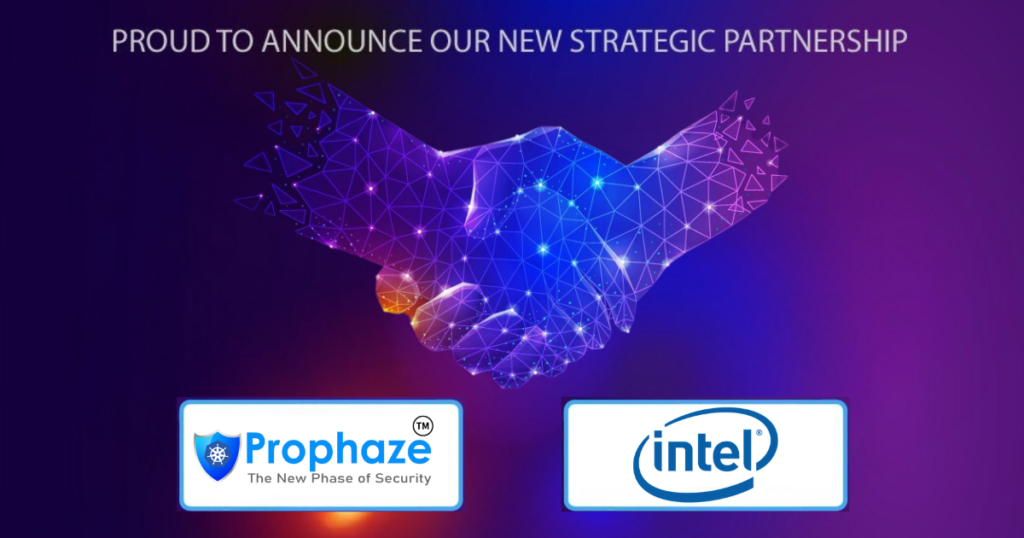As cyberattacks grow in complexity and velocity, network security in 2025 is no longer just about perimeter defense — it’s about adaptive, AI-driven protection at scale. With hybrid workforces, containerized applications, and edge computing becoming the norm, modern enterprises require solutions that are cloud-native, scalable, automated, and intelligent.
In this post, we spotlight 10 standout network security platforms that are leading the charge in real-time defense, multi-cloud orchestration, and threat prediction.
Best Network Security Tools for 2025
1. Prophaze – AI-Native WAF Built for Kubernetes
Prophaze is redefining web application and API security for cloud-native environments. Purpose-built for Kubernetes, its AI-powered Web Application Firewall (WAF) inspects real-time traffic to block evolving threats instantly — no manual intervention required.
Key Capabilities:
-
Real-Time Threat Mitigation: Auto-detects and neutralizes OWASP, DDoS, bot, and API-based threats.
-
Kubernetes-Native Security: Deploys directly in clusters, integrating with your CI/CD pipeline.
-
Edge & Multi-Cloud Ready: Designed for modern architectures with flexible deployment.
Whether safeguarding edge APIs or cloud-scale microservices applications, Prophaze provides security that is scalable, self-adaptive, and optimized for contemporary DevSecOps pipelines.
2. Fortinet – Integrated Security Fabric & NGFW
Fortinet’s FortiGate firewalls continue to lead with performance and scalability. The Security Fabric architecture brings unified visibility and threat response across hybrid networks.
Key Capabilities:
-
ASIC-Accelerated Firewalls: Deliver ultra-low latency for high-traffic environments.
-
FortiAI & FortiAnalyzer: Use AI/ML for real-time threat detection and forensic analytics.
3. Palo Alto Networks: Machine Learning-Powered Threat Prevention
Palo Alto Networks continues to be a pillar in enterprise-grade security, with a strong emphasis on AI and automation. Its NGFWs and Prisma Cloud suite are built for intricate hybrid and multi-cloud environments, with enforcement consistency and threat intelligence.
Key Capabilities:
-
PAN-OS with Inline ML: Blocks and detects zero-day attacks in real-time.
-
Prisma Cloud CI/CD Integration: Facilitates DevSecOps alignment with full-stack visibility.
4. Cisco Secure Firewall – Threat-Aware Hybrid Defense
Cisco Secure Firewall solution focuses on integrated threat response and automated policy management between virtual, physical, and cloud form factors. By leveraging its Talos threat intelligence network, Cisco has the capabilities to react quickly to developing threats.
Key Capabilities:
-
SecureX Platform: Integrates policy orchestration and analytics across Cisco and third-party tools.
-
Encrypted Traffic Analytics (ETA): Detects malware in encrypted traffic without decryption.
5. Check Point – CloudGuard & Infinity Architecture
Check Point delivers enterprise-class security in traditional, cloud, and container environments with its Infinity Architecture. Its CloudGuard solution is particularly robust in protecting assets on public cloud platforms such as AWS and Azure.
Key Capabilities:
-
ThreatCloud AI: Uses collaborative intelligence from millions of sensors.
-
Cloud Security Posture Management (CSPM): Enforces security best practices across AWS, Azure, GCP.
6. Zscaler – Zero Trust for the Distributed Enterprise
Zscaler offers zero trust network access (ZTNA) expertise and is thus a best bet for companies with dispersed workforces. Its cloud-native design does away with the use of traditional VPNs, instead opting for direct-to-cloud security.
Key Capabilities:
-
Zscaler Internet Access (ZIA): Inspects traffic at the edge for threats and policy violations.
-
Zero Trust Exchange: Enforces least-privilege access with user- and app-aware segmentation.
7. Cloudflare – Edge-Powered SASE & Application Security
Famous for its CDN features, Cloudflare has grown into a security giant through its bundled SASE and WAF solutions. Its edge network is distributed globally across the world increases both performance and security.
Key Capabilities:
-
Bot Management & WAF: Defends against OWASP, scraping, fraud, and abuse.
-
Global Edge Network: 300+ cities for low-latency threat inspection and app acceleration.
8. Trend Micro – Unified Cloud & Container Security
Trend Micro offers a single platform for hybrid cloud security with robust workload protection, vulnerability management, and runtime container security features. It’s particularly fitting for organizations adopting DevOps.
Key Capabilities:
-
Cloud One – Workload Security: Protects across AWS, Azure, GCP, and containers.
-
Fileless Malware Detection: Uses behavioral ML to detect advanced persistent threats (APTs).
9. Aruba Networks (HPE) – IoT & Edge-Aware Network Protection
Aruba, a Hewlett Packard Enterprise subsidiary, aims at the intersection point of network security and edge computing. Its Dynamic Segmentation and Zero Trust capabilities make it suitable for protecting IoT-rich networks and branch networks.
Key Capabilities:
-
Dynamic Segmentation: Isolates traffic based on roles, users, and device type.
-
Aruba Central: Single-pane cloud orchestration and analytics.
10. SentinelOne – AI-Driven XDR for Network & Endpoints
Although traditionally recognized for endpoint protection, SentinelOne is establishing a strong foothold in network security at large with Singularity XDR, where it enforces AI-powered detection on cloud and edge assets.
Key Capabilities:
-
Storyline Active Response (STAR): Reactive response processes over attack surfaces.
-
Ranger IoT: Network monitoring and management of unmanaged devices.
Why Prophaze Leads the Pack in 2025
While many security platforms are evolving, Prophaze was built for the era we’re now entering one where agility, automation, and application-centric protection are non-negotiable. Unlike retrofitted firewalls or bolt-on security tools, Prophaze’s Kubernetes-native Web Application Firewall is optimized for containerized deployments, real-time telemetry, and seamless DevSecOps integration.
Its AI-powered traffic inspection, multi-cloud and edge support, and developer-centric API integrations make it specifically well-suited to secure modern workloads without bogging them down.
In an era where apps no longer have a single perimeter, Prophaze provides perimeter-less, adaptive, and smart security what tomorrow’s enterprise requires today.
Ready to future-proof your app security stack?
Discover how Prophaze can assist you in defending your cloud-native applications with confidence.

